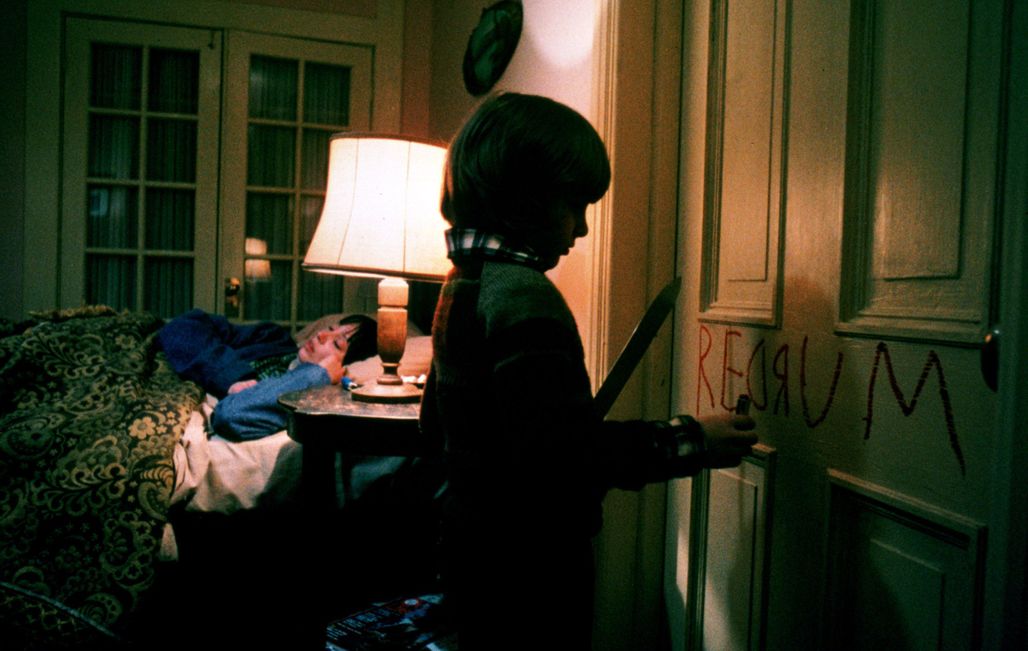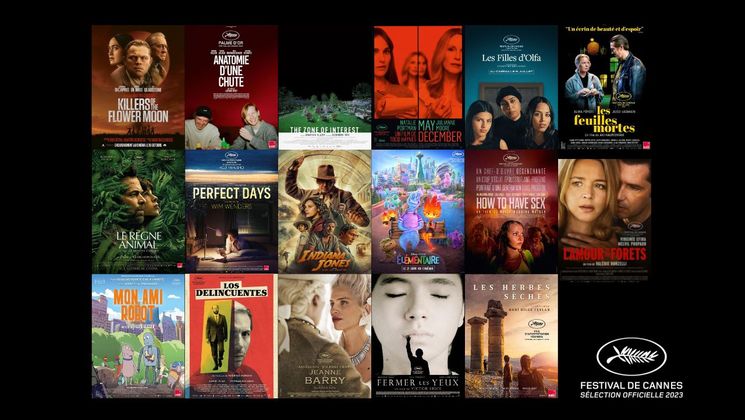
The Shining, Stanley Kubrick in the darkest depths of the human mind

In this horror story with a fantastical twist, Stanley Kubrick leads us through the psychological breakdown of a writer grappling with writer's block. We go behind the scenes for this cult feature film...
When Stanley Kubrick was offered the chance to adapt The Shining for the big screen in 1977, the filmmaker had just turned down a series of projects, including the sequel to The Exorcist.
On the lookout for a blockbuster hit after Barry Lyndon (1975) failed to bring in the numbers, the director delved into Stephen King's eponymous horror novel, and realised he was being given a golden opportunity to get back into the public's favour.
Working with American novelist Diane Johnson, Kubrick put a considerable amount of effort into adapting King's novel. Over the course of 11 weeks, the pair slaved away, trimming off the book's many side stories until all that remained was the very heart and soul of the story, and the characters' thought processes.
“I felt like I’d never seen a movie that managed to do justice to the genre, which I would describe as a finely-tuned balance between the psychological and the supernatural.”
The Shining tells the tale of Jack Torrance, an alcoholic writer hired as a caretaker in an ill-fated hotel deep in the Colorado mountains: the Overlook. When Jack sets off for the winter with his wife Wendy and son Danny – a boy with gifts in clairvoyance and telepathy – he begins his slow descent into madness, and finds himself overcome with strange, murderous thoughts.
It didn't take Kubrick long to entrust the lead role to Jack Nicholson, calling on the actor to draw on his own physical and intellectual experiences in embodying the character. "He takes it further than any other actor," explained the filmmaker after the whirlwind filming process, during which he forced the actor to refine and hone his role over interminable rehearsals.
Kubrick cast Shelley Duvall as Wendy because of her unusual, kooky looks. And finally, Danny was played by six-year-old Danny Lloyd, who fought off competition from a thousand other candidates. "We would rehearse the day before filming. He was always the best-prepared, he always knew his lines," said Kubrick.
Epic sets ate up most of the film's budget and were created in the studios in Hertfordshire. Kubrick and his production designer, Roy Walker, wanted to give the setting a realistic feel to avoid any haunted hotel clichés.
The film was almost entirely shot on a Steadicam by the latter's inventor, the filmmaker Garrett Brown. This technique allowed Kubrick to carry out camerawork in rooms that weren't suitable for standard equipment such as cranes and rails, and to film shots with a sense of movement that "remained as continuous as possible" for a labyrinthine-style effect on screen.
Because he wanted The Shining to affect viewers on a subconscious level rather than intellectually, Kubrick throws viewers off the scent by encouraging them to believe that the story's supernatural events are nothing more than figments of Jack Torrance's imagination.
The opening music that accompanies Jack's car as it winds its way up to the Overlook was composed by Wendy Carlos, who had worked on some of the original soundtrack for A Clockwork Orange. The piece is an adaptation of an extract from Berlioz's Fantastical Symphony.
Unhappy with the end result, believing that it veered too far away from the spirit of the book and its main themes, Stephen King refused to be listed in the credits. Upon release, viewers were initially cautious, but over the years the film went on to become a classic.


